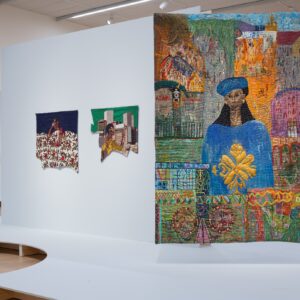People may not notice that gambling and art have an obvious connection, inspiring artists to create astonishing gambling paintings in history from the era of Renaissance to impressionism. Gambling was reflected in the drawings of the greatest artists, and some of them condemned gambling, while others showed the everyday routine of the society of their period through their gambling paintings. It’s worth noting that gambling became an attractive subject for artists to express their message out into the world mainly because the artist always depicts emotion which evokes in people a wide range of feelings from the greatest despair to pure excitement.
We recommend visiting this section, if you’re looking for Amatic online casinos to immerse yourself in the thrilling world of gambling. We suggest reviewing the best online casino Cyprus on the Casinority Cyprus, where you’ll find some of the best to receive impressive rewards and win big.
Here are some of the most famous drawings based on the theme of gambling.
Michelangelo Merisi da Caravaggio’s “The Cardsharps”
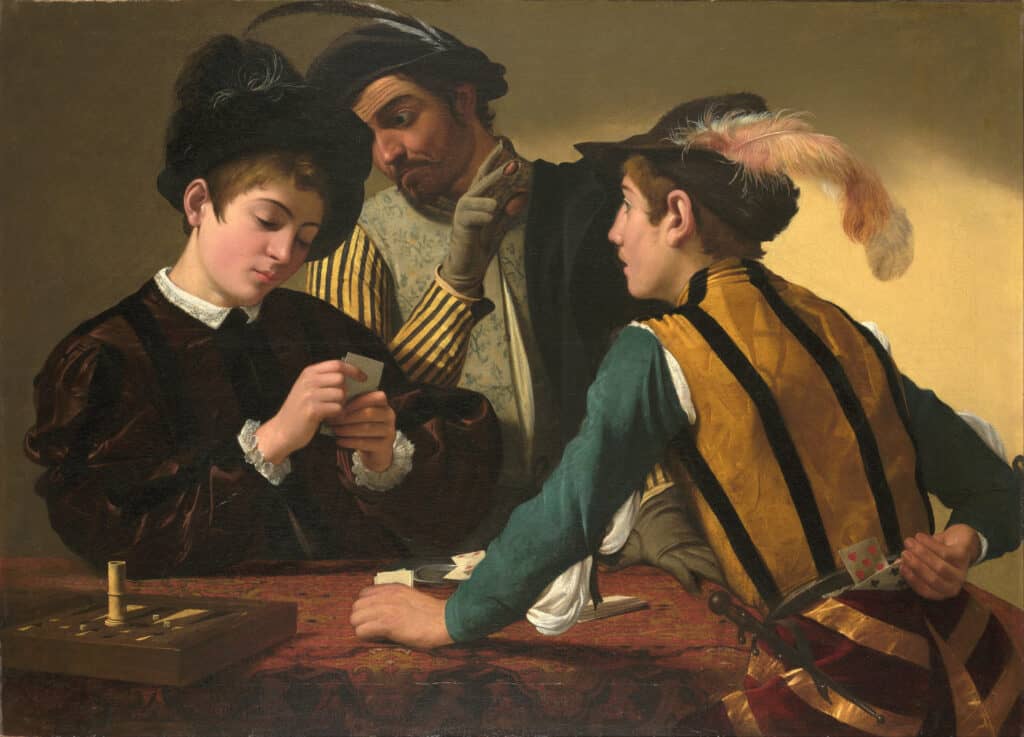
The era in which Michelangelo Merisi da Caravaggio created his drawings gives us a glimpse into drawings of cheating gambling events, exposing the faults of society. The drawing “The Cardsharps” represents a remarkable realistic painting of the Baroque era, being an important milestone in the artist’s career. Caravaggio showed a scene of petty card fraud and portrayed the story of a naive high class young man who got involved in a card game with two cardsharps. The younger cardsharp has extra cards behind his back prepared to pull out based on the secret sign from an older cardsharp who stands behind the back of a youngster and peers into his cards, giving signs to a partner. The realism of the composition with the significant artistic feature of different human emotions was used to demonstrate the ins and outs of street life.
Georges de La Tour’s “The Cheat with the Ace of Clubs”
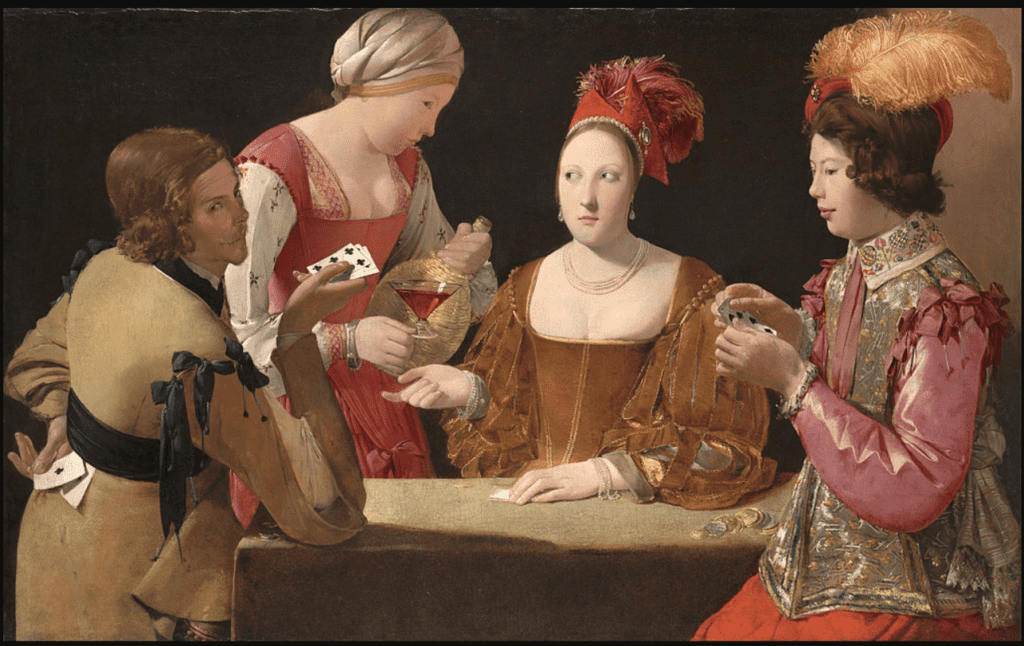
Artists of that period resorted to the theme of gambling to make a warning to the viewer, who could be deceived by fortune and fall into the hands of cheaters. It is believed that the above-mentioned drawing of Caravaggio became an inspiration for Georges de La Tour’s painting which depicts cheating gambling. In La Tour’s painting, a man is surrounded by three ladies, and one of them is a courtesan, who is the main hero of the conceived deceit. Another woman is her servant, who, with a secret joy, got the young man drunk with wine, thereby lowering his vigilance. However, the man is a cardsharp, who uses devious methods to cheat and hides an extra card ace of clubs behind his belt, sitting half-turned at the table’s edge and defiantly showing the viewer his fraudulent intentions.
Edvard Munch’s “At the Roulette Table in Monte Carlo”
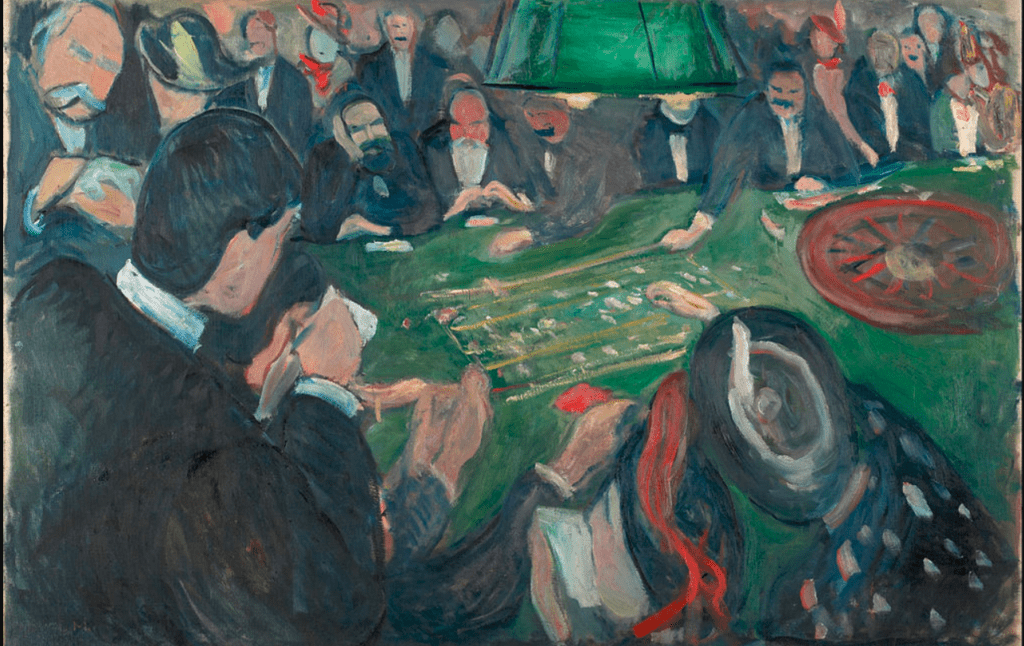
Being an expressionist artist, Edvard Munch was inspired by the poker club setting to paint the masterpiece and portray a mood and feelings rather than specific images. Recollecting memories, Munch depicted figures, sitting behind a green cloth and playing roulette. Using simple techniques and gloomy dark colors, he showed despair, hopelessness, and a kind of obsession. After frequent visits to card houses during his stay in France, Munch portrayed himself in the drawing. So, in the foreground, you can see from the back a figure that holds a notebook in its hands, writing down the numbers that fell on the roulette wheel. The casino world has always attracted the artist, so he created a masterpiece by his memories and by observing behavior of people who were immersed in excitement, exploring how differently the game could turn out for each of them.
Paul Cezanne’s “The Card Players”

Paul Cezanne created a series of paintings portraying daily gambling activities of peasants at a pub. Each painting is unique in look and quality as the artist honed the plot, changed the characters, and worked on the details until he created the ideal drawing showing ordinary people everyday activities with the monumentality inherent in the artist. The fifth work in a row, which depicted French peasants from Provence, became the final and most famous version of Paul Cezanne’s painting “The Card Players”. The artist shows how two card players are leisurely playing a card game, sitting at a rough table in a small cafe and smoking their pipes. Despite a feeling of calmness in the people depicted in the drawing, Cezanne conveys emotions through gestures and facial expressions, demonstrating that everyone can enjoy the spirit of gambling as the only way of entertainment outside of everyday routine.
Cassius Marcellus Coolidge’s “Dogs Playing Poker”
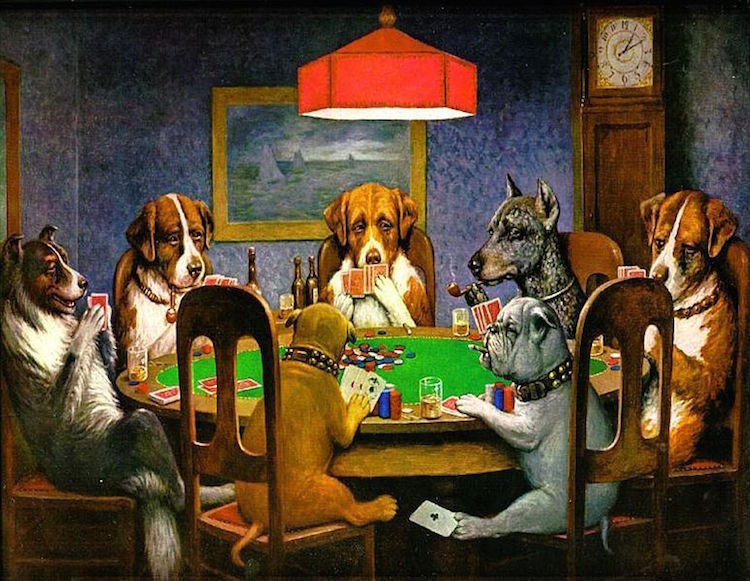
The drawing of Cassius Marcellus Coolidge was created on the request of an advertising company Brown & Bigelow, which ordered a calendar promoting a cigar company. Coolidge’s Dogs Playing Poker series includes 18 canvases, but the name of the drawing “Dogs Playing Poker” is most often applied not to the entire series but the most famous drawing, namely “A Friend in Need”. The artists depicted American players in the figures of humanized dogs enjoying poker. Besides, to convey the atmosphere that prevails in poker clubs, anthropomorphized dogs were portrayed with expressive emotions on their muzzles, drinking alcohol and smoking cigars.
These popular gambling drawings show how gambling can inspire artists to depict human emotions and expressions during card games or playing roulette. As you may notice, each of the artists placed accents in their way, but the main common thing between the various gambling paintings is the emotions they evoke, making the art portraying gambling so impressive.







